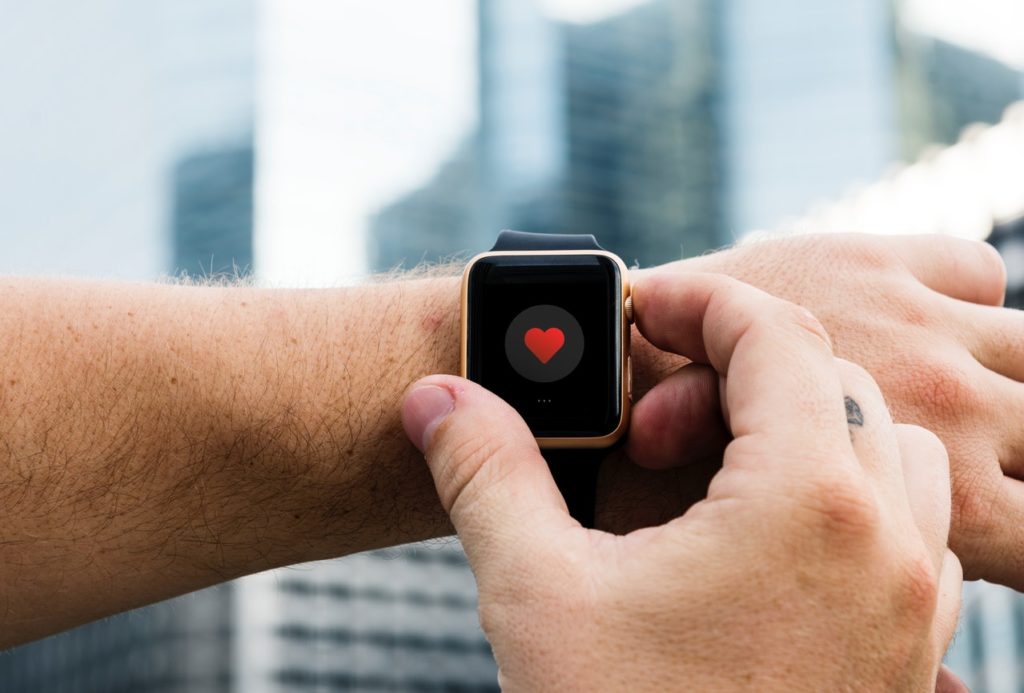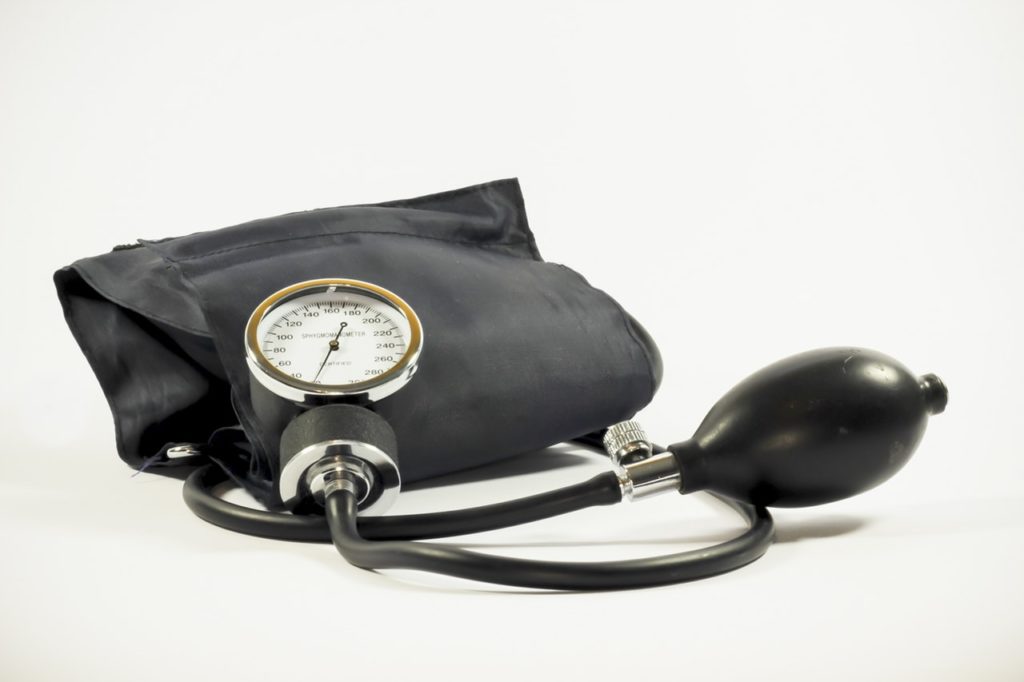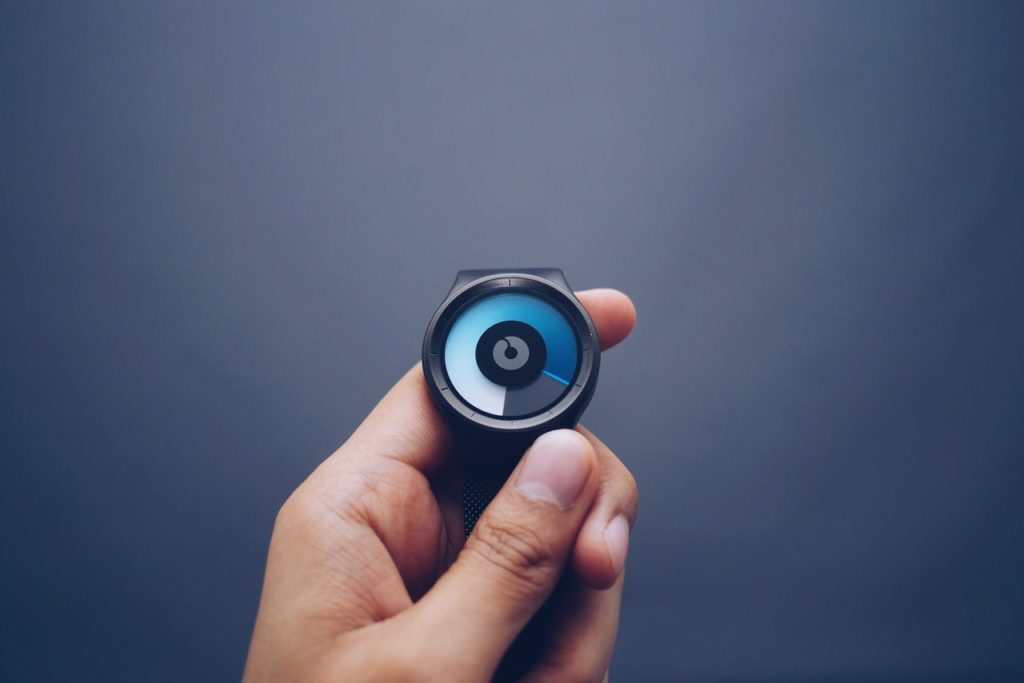If you are wondering about the status of your health, then the first conversation you should always have is with your primary care doctor. Their familiarity with your medical history will help them to convey the information about the health indicators that you may need to track.
There are times when you can get more information about your health by tracking specific indicators over time. These are the ones that you will want to begin monitoring today to know your current status.
Best Ways to Know You Are Healthy

The natural aging process causes our health and wellness to become more of a challenge to maintain, but that doesn’t mean it is impossible. Smart strategies can help you to ensure the quality of your health, even if you are carrying a little extra weight or can’t run as far or as fast as you could in your younger years.
These are the critical health indicators to start tracking to know where your fitness levels are right now.
1. Track Your Steps

The current standard for steps each day is 10,000, which is about 5 miles for the average person. You’ll burn more calories if you walk up a hill instead of along a flat surface, but every step you take helps you to maintain your health. If you haven’t been active in some time, then try setting a goal for 5,000 steps at first, and then go up 2,500 steps after a 30-day period.
Then work on 7,500 steps for the next month until you raise the goal again.
2. Track Your Heart Rate

You can exercise frequently and still have a heart that is not as healthy as it could be. The intensity of what you do matters just as much as the frequency of your efforts. This information will give you information about your cardiovascular and pulmonary systems to understand your overall fitness levels. Then you can take the steps which are necessary to begin improving your numbers, especially if your resting heart rate is above 90.
3. Track Your Blood Pressure

A visit to the doctor will usually have them take your vitals, which includes your blood pressure. This information is something you can track at home too. Most pharmacies and drug stores have equipment that will give you these numbers as well. If your systolic numbers are consistently above 130 or your diastolic is above 80, then lifestyle changes and blood pressure medication might be necessary.
One abnormal reading is not concerning, but if you take several measurements over a week that are consistently above 130/80, then a chat with your doctor is necessary.
4. Track Your Waistline

Your scale can help you to track your weight, but this information does not always tell a complete story. If you have a body type that is athletic, stout, or square, then your weight could be healthy when it might not be for someone else with a different frame. The size of your waistline is a better indication of your health. Men with a measurement of 37 inches or greater around the belly are at a higher risk of an adverse health event. Women experience a higher risk above 31.5 inches.
When there is extra fat carried around the middle, then it is an indication that there may be deposits around your liver, kidneys, pancreas, and heart as well. If your measurements indicate you are above the guidelines mentioned above, then try to schedule about 150 minutes of moderate exercise each week to start improving your health.
How to Start Tracking Your Health Indicators Today

The fastest way to begin collecting data on these health indicators is to use a smart device which gathers your vital signs. Some options can even let you know about the quality of the sleep you receive each night, which is critical to the success of these other factors.
Most adults need between 6-10 hours of sleep each night, depending on their unique physical needs.
Then take regular measurements of your body size and shape to track your levels of health management success in the future. Even if you are only losing a couple of inches per month, that progress will add up eventually.
If you are already in a healthy place, then keep up the excellent work by tracking these indicators to maintain your current vitals. Good habits today will support better health and wellness in the future.




